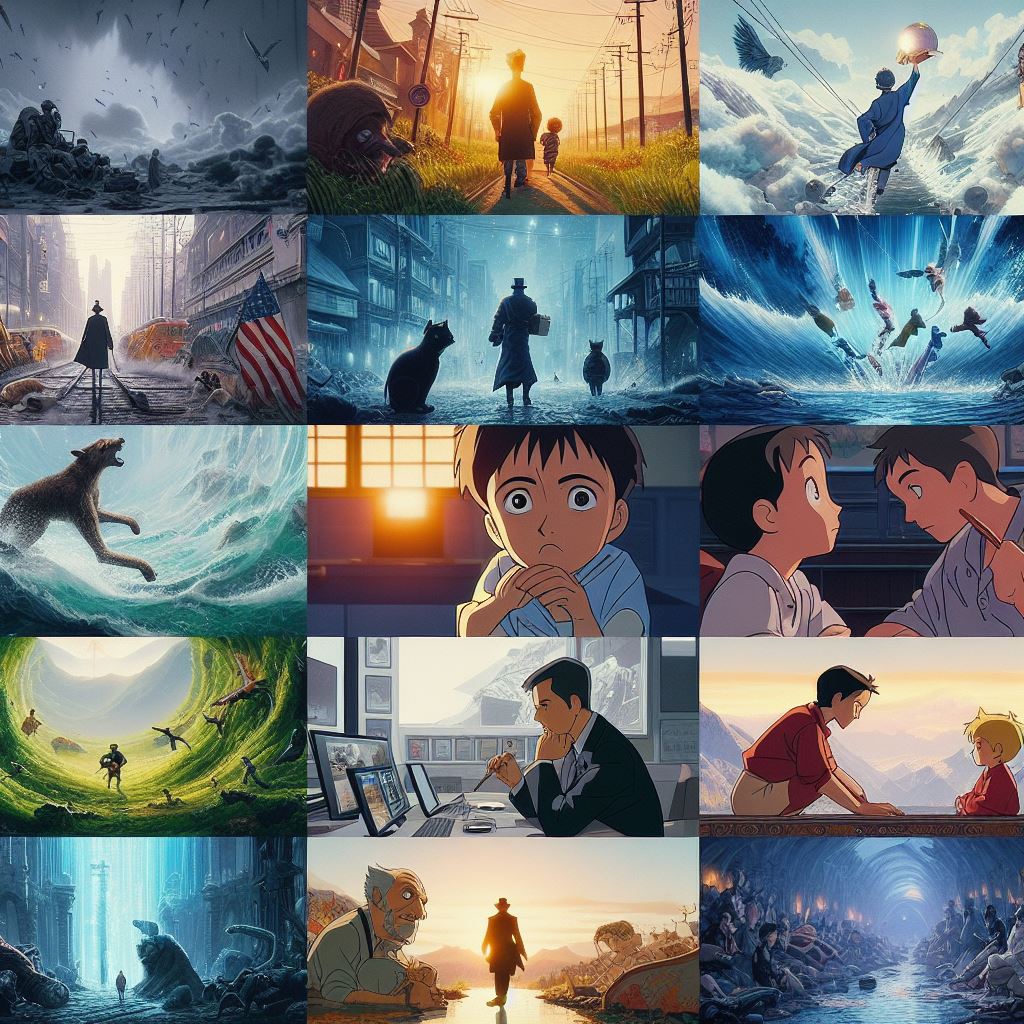5 Ways to Incorporate Imagery in Your Narrative Writing
Imagery in narrative writing isn’t just about painting pretty pictures with words; it’s a dynamic tool that breathes life into stories, engages readers on a profound level, and transforms narratives into immersive experiences. Let’s explore why incorporating imagery is paramount in the realm of narrative writing.

1. Vivid Engagement of the Senses
Imagery enlivens narratives by engaging the senses. Through well-crafted descriptions, readers can see, hear, smell, taste, and touch the world you’re creating. This multisensory experience transcends mere words, transporting readers into the heart of the narrative. Whether it’s the scent of a blooming flower or the echoing footsteps in a deserted alley, imagery creates a world readers can feel.
Example: “The air was thick with the aroma of freshly baked bread, each golden loaf promising warmth and comfort.”
2. Emotional Resonance and Connection
Imagery is a conduit for emotional resonance. By vividly describing situations, characters, and settings, you evoke specific emotions within your readers. Whether it’s the joy of a reunion, the sorrow of a parting, or the thrill of an adventure, imagery allows readers to connect with the narrative on an emotional level. It’s the bridge that links the reader’s feelings to the story being told.
Example: “Her laughter echoed through the room, a melody of joy that dispelled the shadows of gloom.”
3. Enhanced Descriptive Precision
Imagery serves as a tool for precision in description. Instead of stating facts plainly, it allows you to infuse layers of detail, making your writing more nuanced and interesting. Through well-crafted imagery, you can convey the subtle shades of a character’s personality, the intricate details of a landscape, or the delicate interplay of light and shadow.
Example: “His eyes, the color of stormy seas, betrayed a hidden turmoil that no words could capture.”
4. Memorability and Impact
A narrative filled with vivid imagery is memorable. Readers are more likely to retain and recall details when they are presented in a visually rich and evocative manner. Imagery creates lasting impressions, ensuring that your narrative lingers in the minds of readers long after they’ve turned the final page.
Example: “The crimson sunset painted the sky with hues of fire, a breathtaking spectacle etched in the memory of those who witnessed its brilliance.”
5. Fueling Imagination and Creativity
Imagery is the fuel for the reader’s imagination. It invites them to participate actively in the creation of the story’s visuals. By providing vivid descriptions, you guide readers’ imagination while leaving room for them to interpret and envision the narrative in their unique way. This collaborative act of imagination deepens the reader’s engagement.
Example: “The mysterious door creaked open, revealing a world beyond that beckoned with possibilities yet unexplored.”
Conclusion: Crafting Universes with Words
In conclusion, the importance of imagery in narrative writing lies in its ability to engage the senses, forge emotional connections, enhance descriptive precision, ensure memorability, and fuel imagination. By leveraging the power of imagery, you transform your narrative from a sequence of events into a vibrant, living tapestry that captivates readers and invites them to embark on a journey of imagination and emotion.